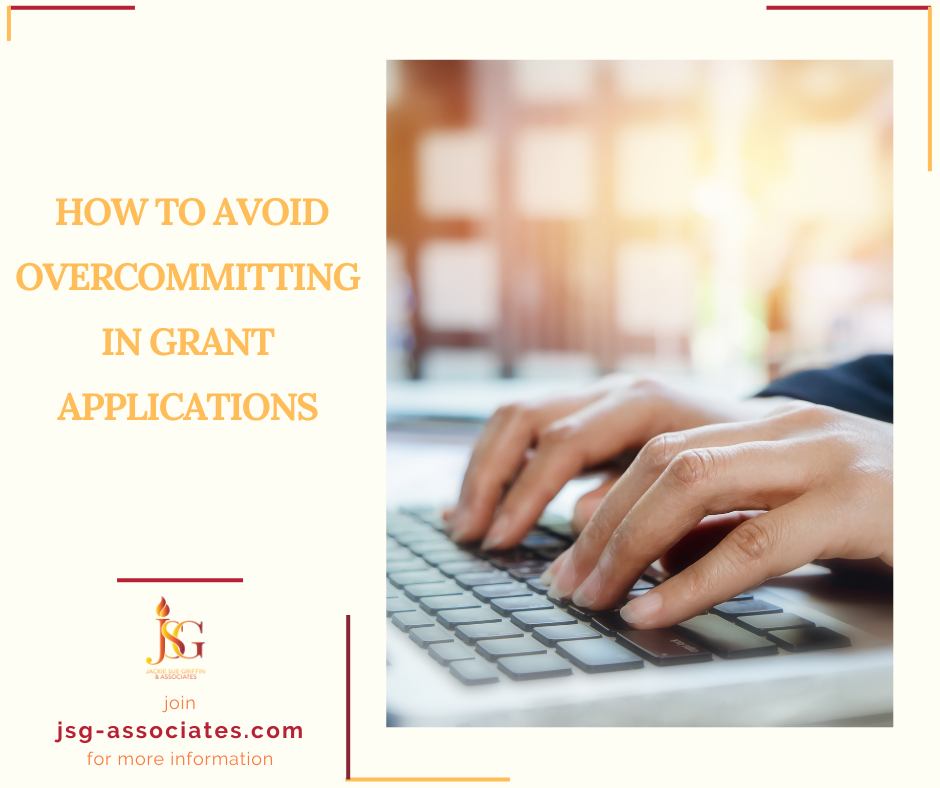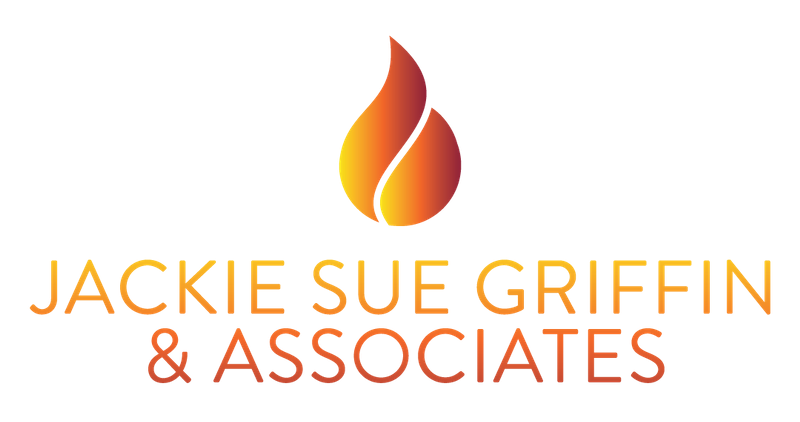
09 Feb Overcommitting in Grant Applications
Grant writing serves as a crucial avenue for nonprofits to secure funds, but the journey is rife with challenges, especially when organizations commit to more than they can deliver. In the pursuit of securing funding, nonprofits might succumb to the temptation of overpromising in their grant proposals. This common mistake can lead to consequences, compromising the organization’s credibility, reputation, and even its ability to secure future funding.
The Temptation to Overcommit
One prevalent grant writing mistake is overcommitting to outcomes or timelines that exceed the organization’s actual capacity. Nonprofits, eager to secure grants, may inadvertently promise ambitious project results without fully assessing their internal capabilities or considering potential unforeseen challenges. This overcommitment not only jeopardizes the success of the proposed project but also erodes the trust of grantors who expect realistic and achievable goals. It’s vital for nonprofits to strike a balance between presenting an ambitious vision and ensuring it aligns with their operational capabilities to deliver results. Acknowledging limitations transparently in the grant proposal process fosters open communication and sets the foundation for an honest, sustainable, and trust-based relationship between all parties.
Building Realistic Project Timelines
Another common pitfall in grant writing is underestimating the time required for project completion. Nonprofits must diligently craft realistic project timelines that account for various phases, including planning, execution, evaluation, and potential delays. By providing a comprehensive and accurate depiction of the project’s requirements, organizations instill confidence in funders regarding their ability to execute the proposed initiatives effectively.
Continuous Monitoring and Evaluation
To avoid overcommitting, nonprofits should establish benchmarks to monitor a project’s progress. Regular check-ins, progress reports, and evaluations help organizations stay on track and proactively address any emerging challenges. Integrating feedback loops and adaptive strategies into the project plan allows nonprofits to make real-time adjustments, ensuring that the project remains aligned with outlined objectives. This dynamic approach not only safeguards against overcommitting, but also showcases the organization’s commitment to delivering meaningful and impactful work.
Aligning Resources with Commitments
Grant proposals often fail when nonprofits overpromise due to resource limitations. It’s imperative to align the scope of the proposed project with the available resources, including your workforce, technology, and financial investments. Nonprofits should clearly communicate how they plan to allocate resources to each aspect of the project, demonstrating a practical and feasible approach that resonates with funders.
Establishing Contingency Plans
Grant proposals that acknowledge potential challenges and outline contingency plans inspire confidence in funders. Nonprofits should identify foreseeable risks and present well-thought-out strategies for mitigation. This proactive approach demonstrates the organization’s preparedness and assures funders that the project’s success is a priority, even in the face of unexpected obstacles. Incorporating contingency plans into grant proposals reflects a realistic and responsible commitment to project delivery.
Learning from Past Experiences
Nonprofits can enhance their credibility by referencing past projects and the lessons learned from them. This transparency showcases an organization’s commitment to continuous improvement and demonstrates the ability to apply insights gained from experience. By openly discussing challenges faced in previous endeavors and the improvements made, nonprofits convey a commitment to growth and a dedication to refining their approach for better outcomes.
Fostering Effective Communication
Communication is key in grant writing, and nonprofits should emphasize clear and consistent messaging. Clearly conveying the project’s objectives, methods, and anticipated outcomes helps funders understand the nonprofit’s vision. It’s essential to maintain open lines of communication throughout the project lifecycle, keeping funders informed of progress, setbacks, and any necessary adjustments. Effective communication builds trust and showcases the nonprofit’s commitment to transparency, fostering a positive relationship with funders beyond the proposal stage.
Click here to learn more about how JSG & Associates can help your nonprofit.

No Comments